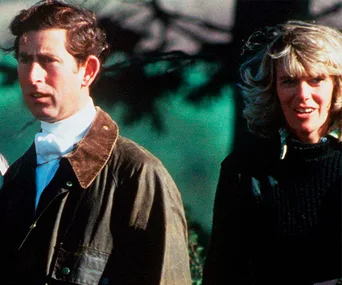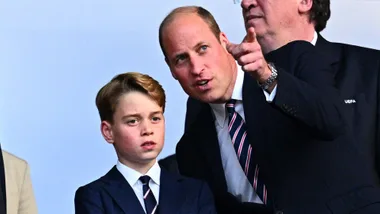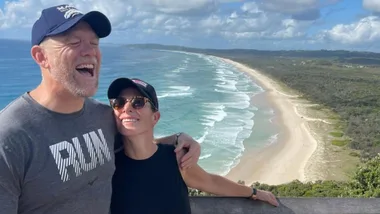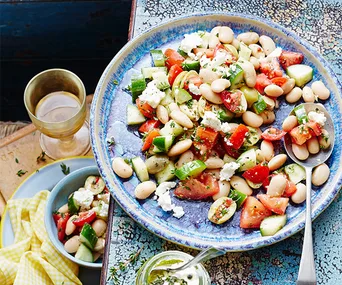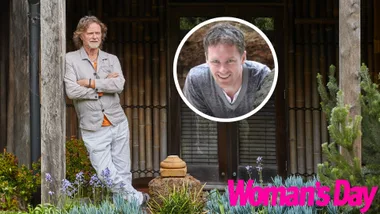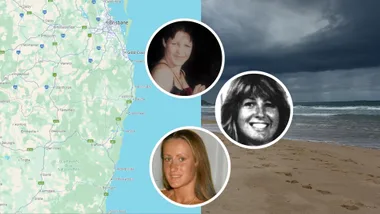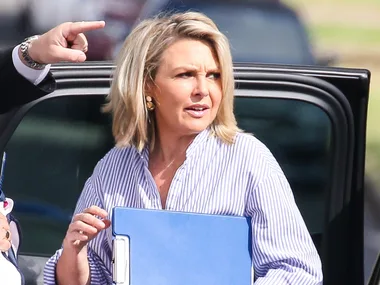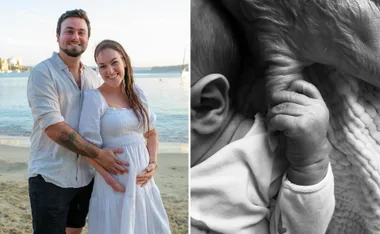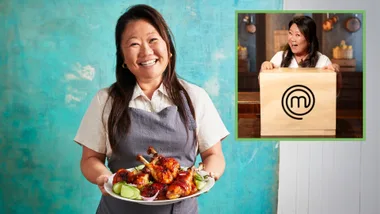Looking forward to Christmas cheer, but dreading the aftermath? Professor Kerryn Phelps advises on how to avoid the season’s excesses.
The season of goodwill is upon us, but from my perspective in general practice, it’s also the season of impending regret.
I lose count of the number of people who say to me, “I wish I hadn’t overindulged like that”. Prevention will do the trick, but it does take some planning.
In pictures: Staying slim this silly season
- Get into shape for the party seasonby doing some pre-party planning. You don’t have to accept every invitation, but if you do, try to pace yourself with some alcohol-free nights in between.
- Plan your non-celebratory mealsto trade off the big feasts. If you have dreams about your Aunt Myrtle’s award-winning Christmas pudding with home-made custard, eat lighter meals and avoid desserts for a few days before to spread out the kilojoules.
- Get ahead of your work scheduleso you do not overstress yourself as the year winds down. Get organised with a work plan. Delegate what you can. If you are up to date by the holidays, you can relax and enjoy the festivities.
- ‘Tis the season to be binge-drinking, so go easy on alcohol. Even the most moderate of drinkers during the rest of the year have a few more drinks than usual over the Christmas and New Year period, but even one big binge can lead to some major regrets, such as accidents, falls, or poor judgement with sexual encounters.
- Drink plenty of waterand avoid sugary soft drinks. The hot weather means you need the hydration and sugary drinks just add worthless kilojoules.
- Learn to say, “Thanks, I’ve had enough. No, really, I’ve had enough!”And mean it! Keep portion sizes small. Even at the most sumptuous smorgasbord, you can enjoy a taste of everything you like without piling huge quantities of food on your plate, or going back for seconds and thirds. You know you just have to deal with the fall-out later.
- Keep up your exercise routine. If you let your fitness lapse in the lead-up to the holidays, you will have to work that much harder to regain it in the New Year.
- Try to get enough sleep when you can. Again, this comes down to pacing yourself through the festivities. Even if it’s all fun, your physical and mental health can suffer from sleep deprivation.
- Avoid sunburn. The usual advice applies. Make sure there is enough shade for everyone. Remember, you can still get burnt under shade from reflected sunlight. Apply sunscreen regularly during the day and break out the sunnies, shirts and hats.
Related: Christmas chaos – Dealing with difficult family members
- If there are unresolved issues in the family, a hot day and a few drinks is a potent mix to be avoided. Christmas gatherings are not the time to try to raise old feuds or settle disputes. If necessary, meet before the holidays to sort out any differences. If they are likely to boil over, make other plans. Happy holidays!
Read more of this story in the December issue of The Australian Women’s Weekly.
Your say: Do you try to stay slim every Christmas or do you just eat what you want and deal with the consequences later?
Video: Christmas detox






















.png?resize=380%2C285)





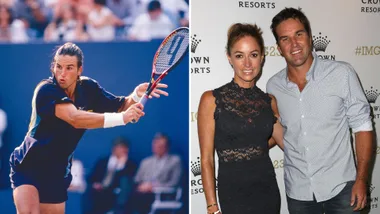


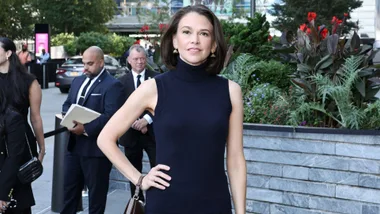













































.jpg?resize=380%2C285)
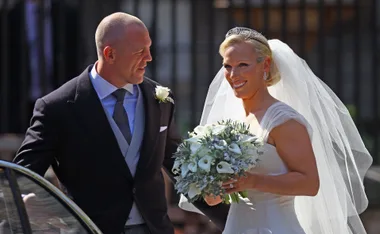

.jpg?resize=380%2C285)
.png?resize=380%2C285)

